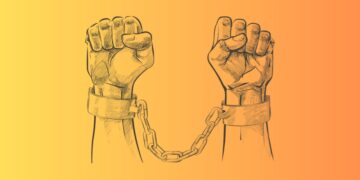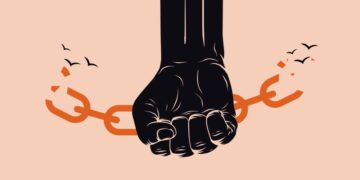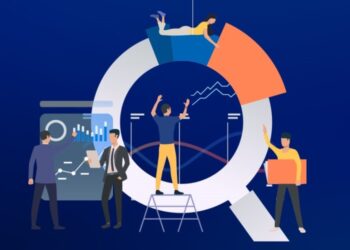Inflation is a general increase in the prices of goods and services in an economy. Inflation is typically a broad measure, such as the overall increase in prices or the increase in the cost of living in a country. A volatile metric, inflation that can rise and fall rapidly depending upon economic conditions and the measures a government chooses to control or counteract them.
Inflation is connected to the economic principles of supply and demand and can be viewed positively or negatively depending on the specific situation and the rate of change. For example, a small amount of inflation is usually viewed as a signal that a country’s economy is growing, and its residents have adequate income, both good things. However, excess inflation happens when prices rise faster than wages, causing currency to lose value.
The worth of a single unit of currency becomes less than it was previously, and the purchasing power of the country’s currency is decreased. Conversely, too little inflation can also be a troubling indication that a country’s economy is stagnant and not enough people have enough work. There are three inflation indexes: the consumer price index (CPI), the wholesale price index (WPI), and the Producer Price Index (PPI).
The CPI is a measure that examines the weighted average prices of primary needs – such as transportation, food, and medical care – at the consumer/retail level. The WPI measures and tracks price changes at the producer or wholesale level before the goods reach the consumer. The PPI is a family of metrics that measure price changes from the perspectives of the seller/producer rather than the buyer/consumer.
Inflation is classified into three types: demand-pull inflation, cost-push inflation, and built-in inflation. All three of these are related to the equilibrium between the supply of money and the supply of goods in a country’s economy.
- Demand-pull inflation: Occurs when the demand for goods and services – in other words, the overall amount of money and/or credit people have to spend – increases quicker than the economy’s production capacity. Demand is high but supply can’t keep up, so prices rise. The rising prices cause some buyers to drop out of the market, which decreases demand and reestablishes the balance between demand and supply.
- Cost-push inflation: Occurs as a result of the increase in the cost of production. For example, if the raw materials used to create a product increase in price, the price for the final good rises as producers pass their costs on to the consumer.
- Built-in inflation: Occurs due to expectations that inflation will continue, so wages must rise in order to maintain the status quo. As the prices of goods and services increase, labor expects to be paid more to maintain their standard of living. As a result of the rise in labor costs, the consumer prices for the goods or services that labor produces or provides also increase.
Here are the top 10 countries with the highest inflation rates in Africa.
| 1. | Sudan | 260% |
| 2. | Zimbabwe | 96.4% |
| 3. | Ethiopia | 36.6% |
| 4. | Angola | 25.79% |
| 5. | Ghana | 23.6% |
| 6. | Sierra Leone | 17.59% |
| 7. | Nigeria | 16.82% |
| 8. | Burundi | 16.09% |
| 9. | Malawi | 15.7% |
| 10. | Burkina Faso | 15.1% |




































































































































































































